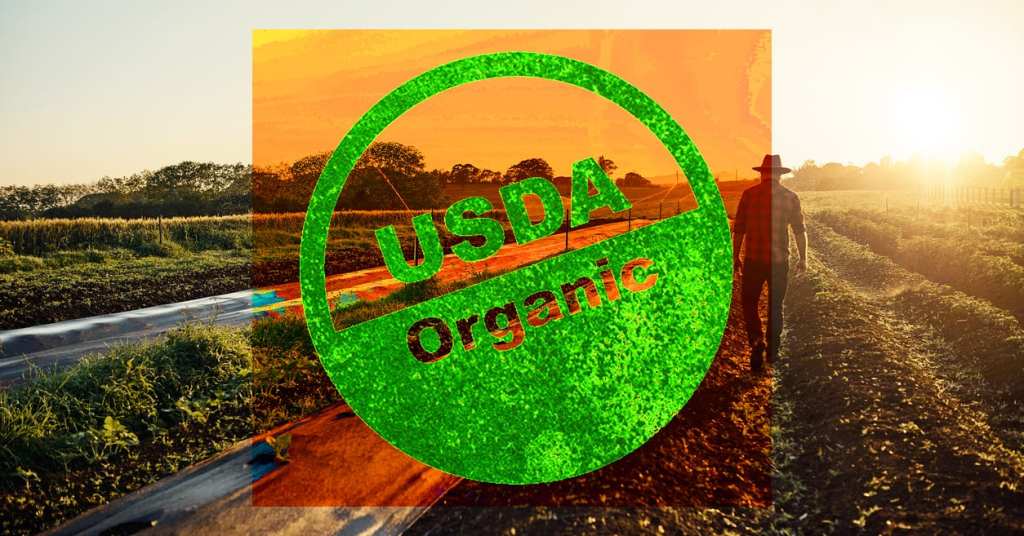When you imagine an organic farm, I’ll bet you think of rolling green hills, rich block soil that clods together when you dig your hands into it, rows and rows of bright veggies, maybe even a few cows in the background, munching the pastures.
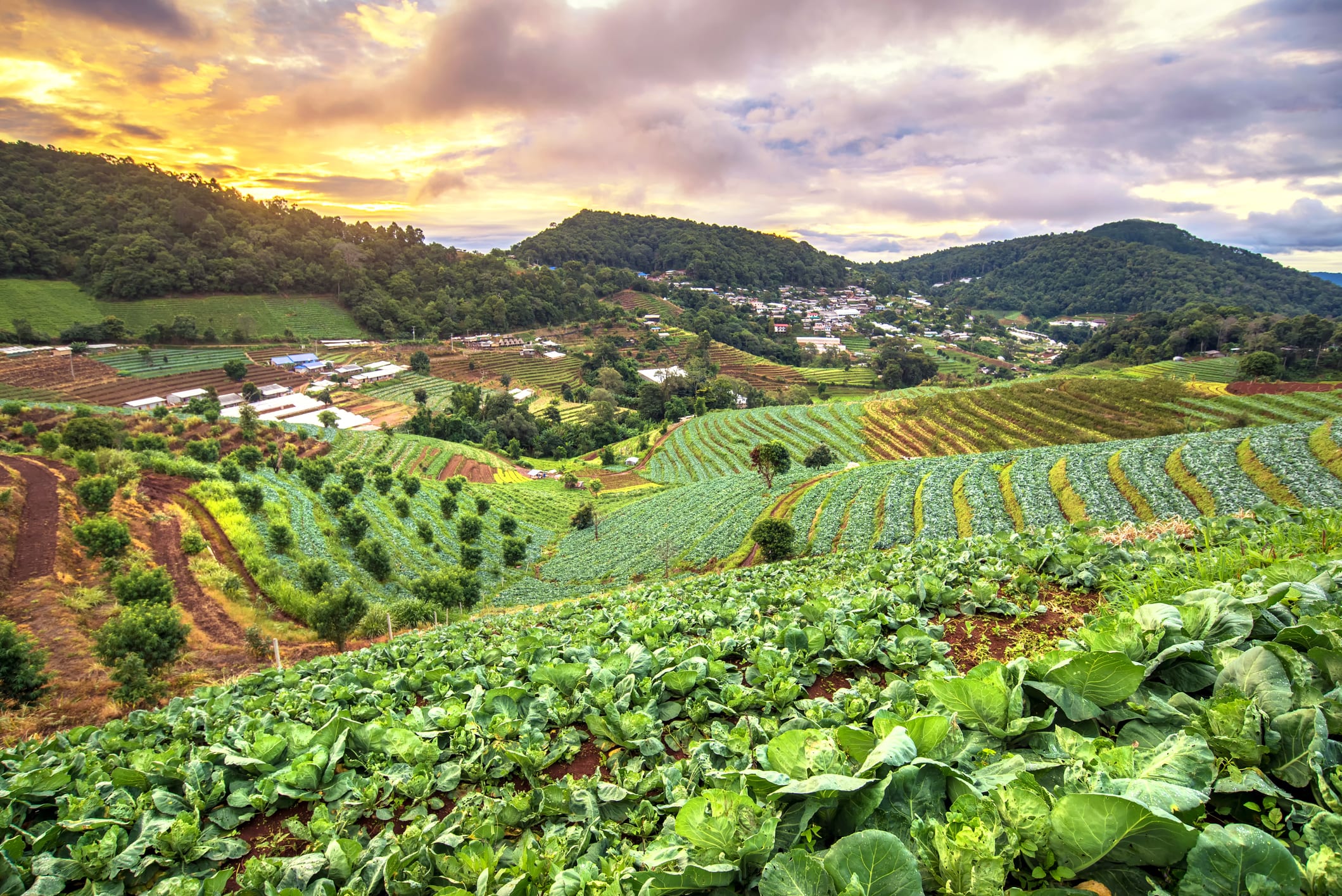
Photo Credit: iStock
That bucolic place probably does exist – but it’s also almost certainly not where the organic food you buy at the grocery store comes from.
It turns out that the meaning of the word “organic” is both pretty squishy and totally certain at the same time, at least in the food labelling sense (organic has other meanings as well). The confusion comes from an understandable source: when the public picks out an organic fruit or vegetable from the market, the majority of them are imagining that pastoral organic farm I described above – or at least that their organic food will be pesticide free (but we’ll get there).
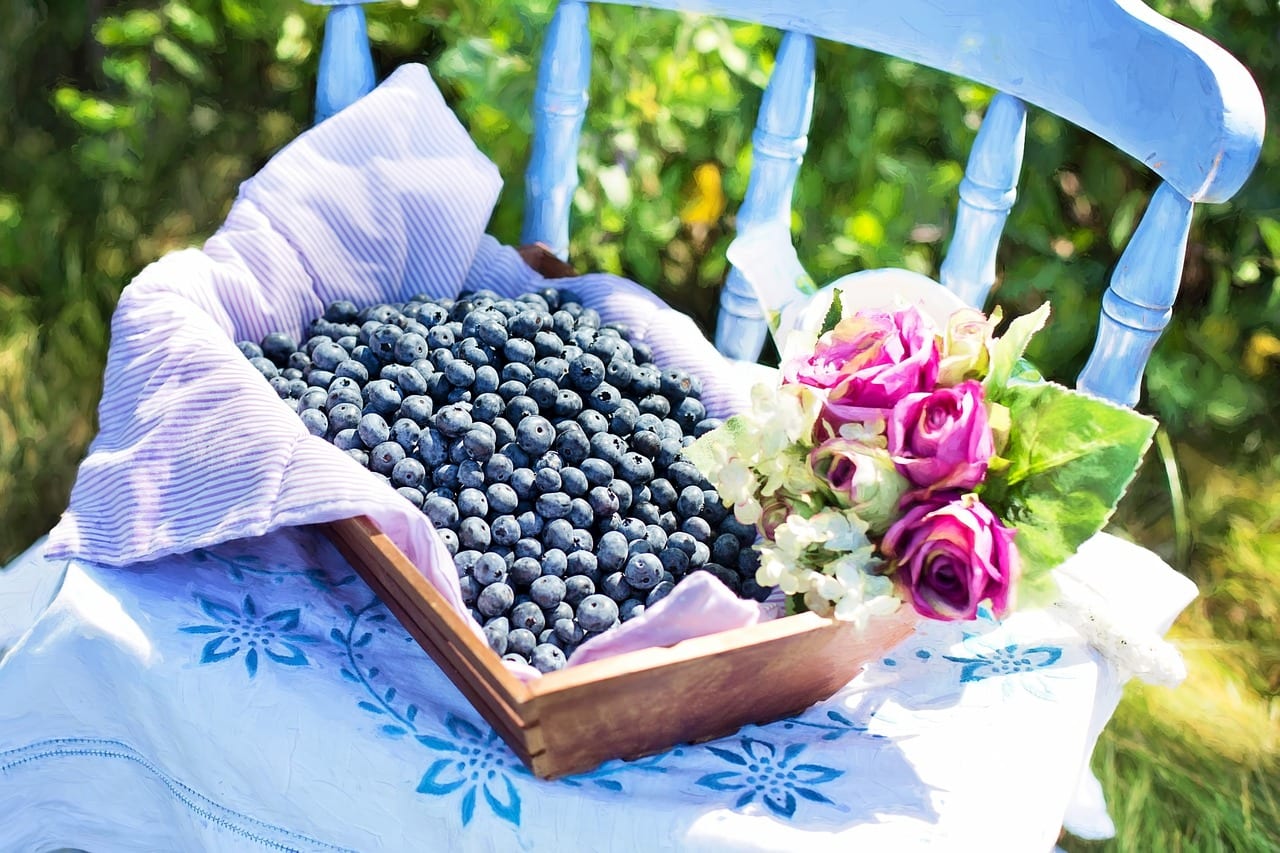
Photo Credit: Pixabay
Back when the organic movement first began as a backlash to the environmentally destructive agricultural practices that boomed post-WWII, there was an emphasis on soil and on the environment – on exactly that farm I described. That’s what we all think of when we hear “organic” because that was originally the idea behind the movement. But in 1990, Congress ordered the USDA to create an organic label, which would utilize a standard set of practices so that all consumers would know exactly what they were buying. And so, the National Organic Program (NOP) was born.
It sounds like a good idea, right? It’s much better for there to be a single set of standards, so no one can use labelling tomfoolery to put one over on their consumers.
Except…
Once the NOP got up and going, a few things happened. One, the emphasis on uniformity of standards meant that the sorts of practices that might work in Vermont all of a sudden had to also work in Texas – which, for obvious reasons, can be difficult. Two, in order to label their food organic, a farm has to make sure they are totally in compliance with all NOP standards, standards that include growing crops on land free of all prohibited pesticides. That means you can’t just stop using pesticides – sometimes it can take a matter of years to become fully certified, even if you are functionally compliant. And the whole time, you are losing money to other farms that are already certified – not to mention the amount of money the certification actually costs.
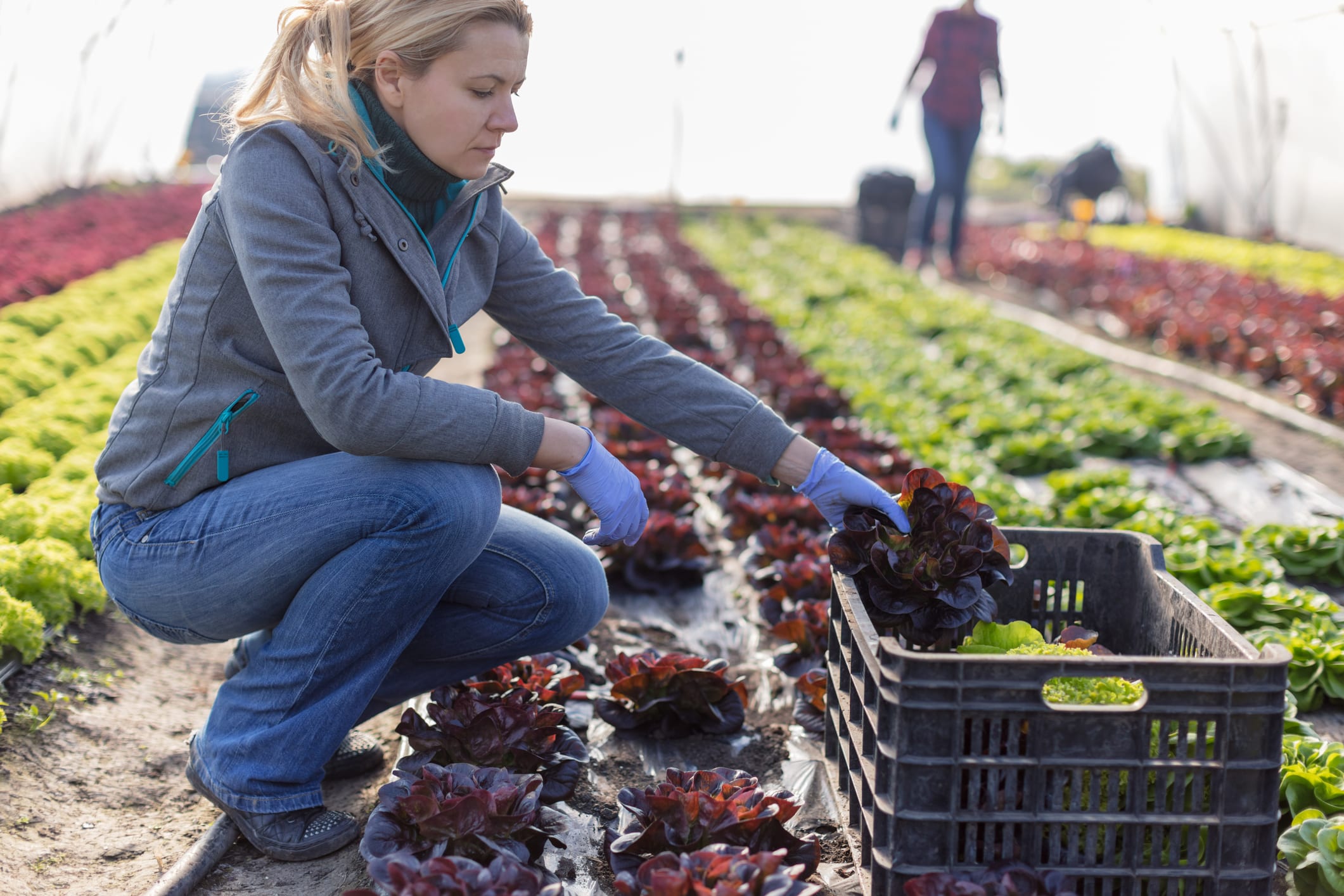
Photo Credit: iStock
Farming does not have a lot of profit in it, especially farming on a small scale, so that beautiful little farm often gets screwed out of the organic label.
But it’s more than that. Some organic farms are actually huge monocultures – exactly the sort of factory farm you’d assume would specifically be excluded from an organic label. The rules for the organic label, which are often times not even very strongly enforced, prohibit certain pesticides, but they do allow others, many of which “pose the same health risks as non-organic [pesticides],” according to biologist Charlie Wilcox. Meaning the organic fruits you’re buying because you think they don’t have any harmful chemicals on them almost certainly do (always wash your fruits and veggies). And just recently, hydroponic growing operations were given the green light to be considered organic – even though the crops grown never touch the soil at all (the environmental merits of hydroponics are real, but the grow process clearly isn’t what a layperson would consider “organic”).

Photo Credit: iStock
On the protein side of it, the label has very little to do with the treatment of animals (although the Obama USDA had finalized a rule requiring organic meat producers to treat their animals humanely that the Trump administration scrapped in 2018). To be an organic meat operation primarily requires monitoring what goes into your animals, ie no growth-hormones, GMOs, or non-organic feed, which means those organic eggs and steaks you buy may well come from poorly-treated animals – distinctly antithetical to the original environmentalist intent of the label. There is a requirement that animals have access to the outdoors, but there are loopholes that many operations use to minimize outdoor access.
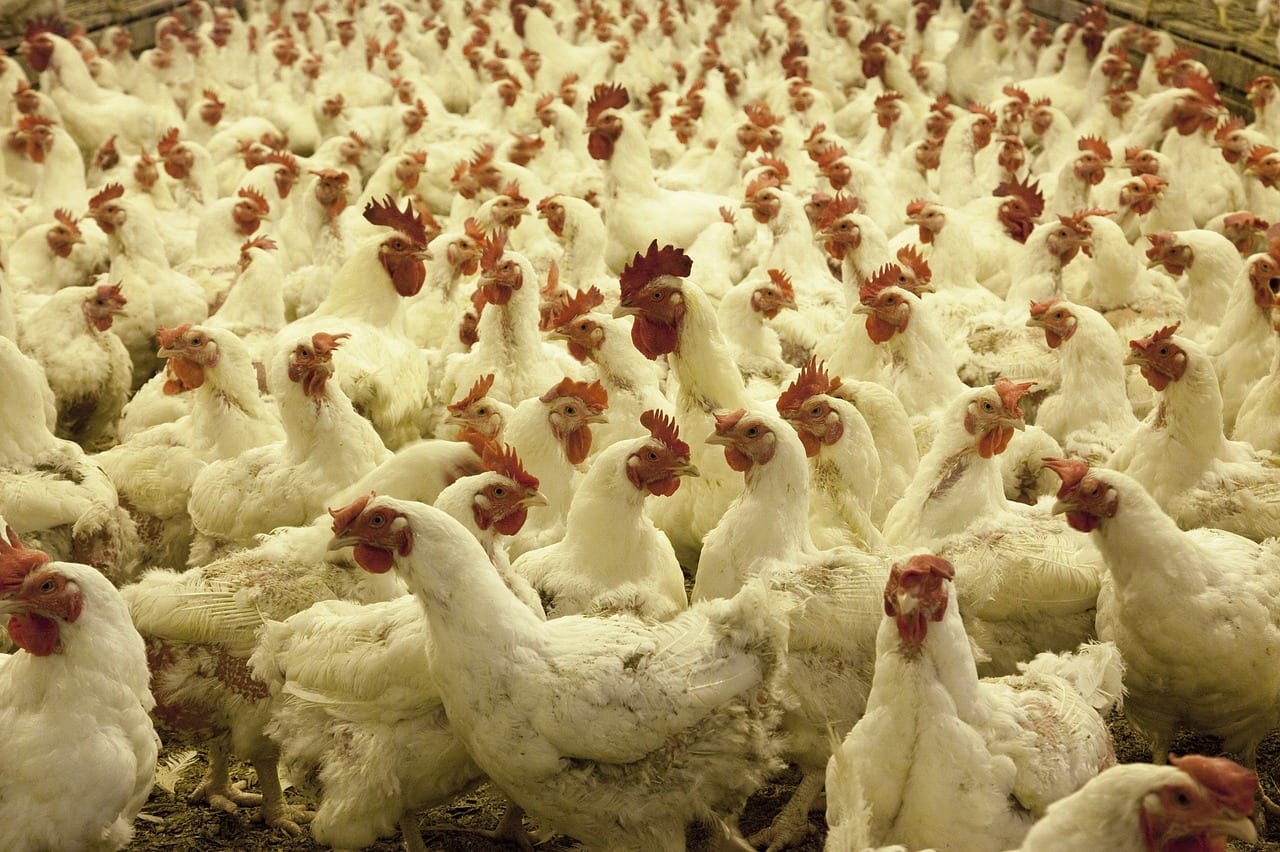
Photo Credit: Pixabay
Organic food products have become an enormous market, over $40 billion in sales in 2016, and as the marketplace grows, more and larger companies see opportunity. There are instances of certified “organic” poultry operations of 200,000 chickens shuttered inside, without almost any access to nature, much less the continuous access they are supposed to have. There are certified “organic” dairy operations that fail to meet the grazing requirements set out by the NOP because farms are allow to hire for profit inspectors to “self-certify” compliance.
But! There is hope yet for those of us who want to support environmentally friendly products that have been produced in the wholesome way that we envision.
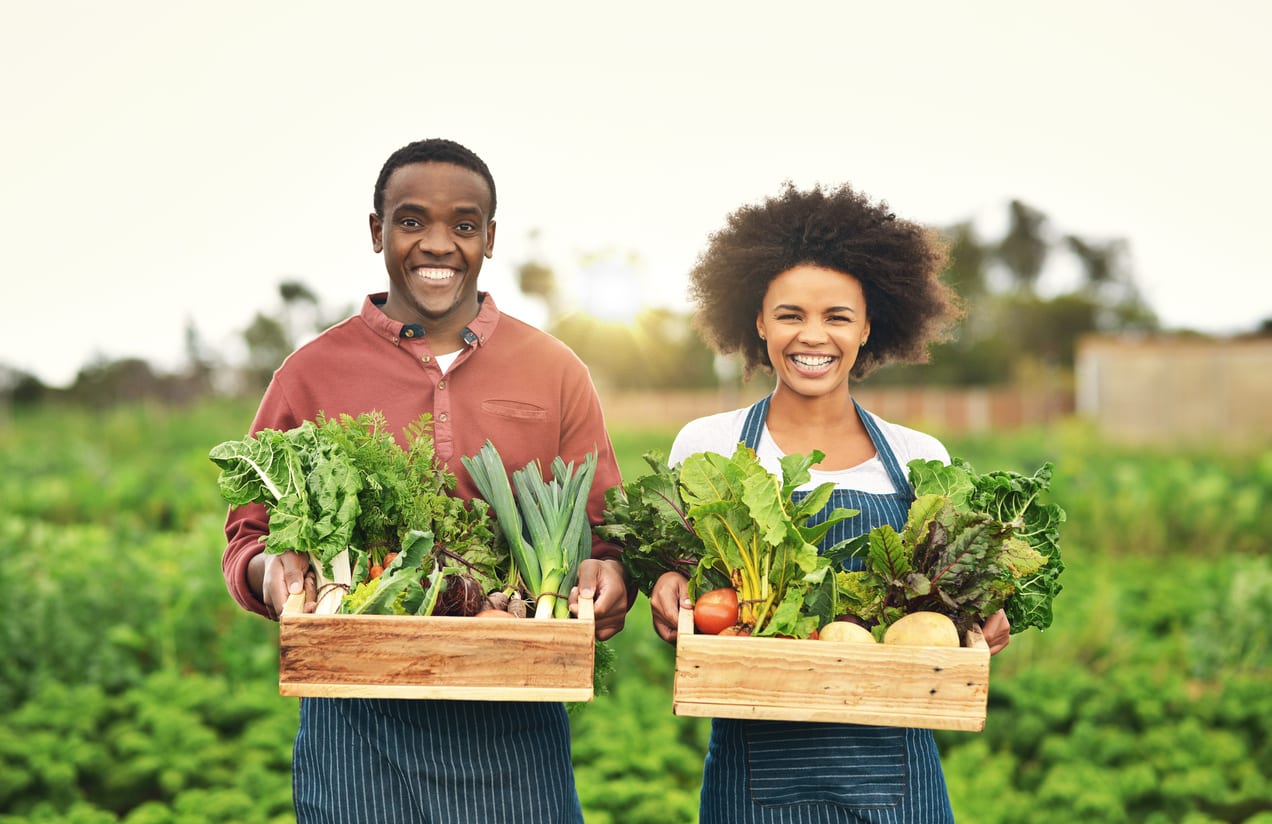
Photo Credit: iStock
If you are actually committed to the ideals of the original “organic” movement, you can do a few things to make sure your products are as, well, organic as possible. First and most importantly – when looking for food products, buy local and in season. That is the very best way to be sure that your food is as ecologically sound as possible. And any farms that take the time to set up a booth your local farmers’ market are much more likely to have humane and ecological agricultural practices than the larger companies that supply most grocery stores. In fact, they may even be that farm you were imagining!
Two, research the companies you buy from, and make sure your dollars are going to support brands that are actually putting the effort in to be as “green” (a buzzword that has no legal definition) as they market.

So much green! Must be eco-friendly.
Photo Credit: Pixabay
But honestly, for all it’s environmental sins, the modern industrial farming system has brought food to millions of people who are no longer living in hunger, and it continues to be significantly more productive per square acre than food that is raised organically (though there are definitely practices industrial farmers can take up that make their operations more environmentally friendly). Industrial farming isn’t going anywhere soon, so if you want to be mindful of how you personally eat, maybe the best advice you can follow is Michael Pollan’s now-famous adage: “Eat [unprocessed] food, not too much, mostly plants.”
Yum.

